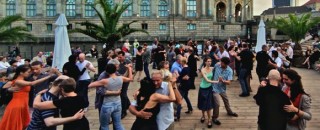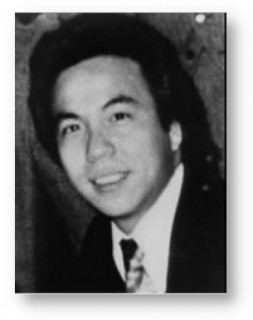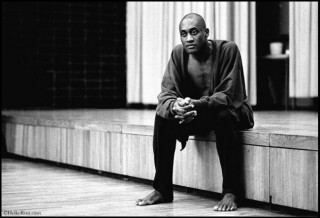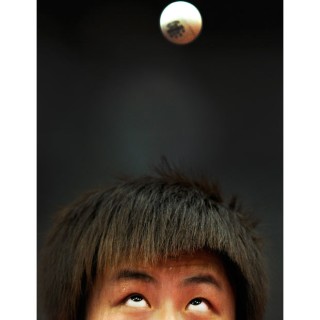Dancing in the sunset, in Berlin
Perhaps you remember, some days ago,what I explained about my really striking experiences watching Chinese people dancing in the park.
Let me tell you something about an experience which I had in Berlin, in Germany. If you watch the little video you can get a similar impression which I got in the park in Beijing or elsewhere in China.
It is not so often, that you see people dancing outside somewhere in a park in Germany. It is really seldom and if you watch the people dancing you’ll get an impression of nice movement, joyful dancing and smiling faces. But in contrast to ……….
Read More








